I often come across situations were I want to save the content of a large object graph (run-time or during debugging) to a set of statements recreating this object graph. This can then be used as test data in unit test cases.
Taken that leafs of the object graph are standard types (String, BigDecimal, Date, etc) and the branches follow the bean convention (getters, setters, empty constructor), it should be possible to generate this kind of file (e.g. TestData.java):
public static Car createCar() {
Wheel wheel1 = new Wheel();
wheel1.setTypePressure( 2.1f );
Wheel wheel2 = new Wheel();
wheel2.setTypePressure( 2.3f );
Wheel wheel3 = new Wheel();
wheel3.setTypePressure( 2.0f );
Wheel wheel4 = new Wheel();
wheel4.setTypePressure( 2.8f );
List<Wheel> wheels = new ArrayList<>( Arrays.asList( wheel1, wheel2, wheel3, wheel4 ) );
Brake brake = new Brake();
brake.setBrakeType( BrakeType.PLAIN );
Car car = new Car();
car.setBrake( brake );
car.setWheels( wheels );
car.setColor( "blue" );
return car;
}
It would be really great to plug this directly into a debug session somehow, but a few drop-in statements writing as result the "java object graph creation code with content" output to System.out would also work.
So, how can I realize this in the most efficient way?
